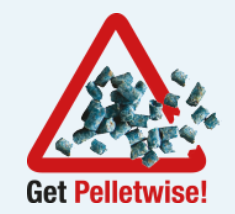Slugs – September 2019
12 September 2019Slug damage is already being noted in those winter oilseed rape crops peeping through the ground and wheat will also be on the slugs’ hit list.
In oilseed rape, the germinating crop needs to be protected from slug damage up until the 4-leaf stage.
One approach to reducing the risk of slug damage to wheat is to provide a fine, firm seedbed for this autumns’ crop. Soil cultivation can reduce the risk of slug damage, as can deeper sowing of the seed (3-4 cm).
With the loss of the neonicotinoid cereal seed treatments, protection from seed hollowing by slugs in cereals by this method is no longer available. Consequently, an application of slug pellets may be needed to protect the germinating seed as well as the shoots (up to GS12).
Generally, a pre-emergence application of pellets with a follow-up post-emergence if damage is seen tends to do the job in both wheat and winter oilseed rape. However further treatments may be necessary if the crop is slow to emerge or slug pressure is severe.

The Metaldehyde Stewardship Group (MSG) stewardship guidelines still apply for the use of metaldehyde molluscicide products this autumn. No metaldehyde pellets should be allowed to fall within a minimum of 10 metres of any field boundary or watercourse. This measure will protect birds and small mammals, and provide additional protection to water.
If treatment with metaldehyde products is necessary, it’s imperative to refer to the full set of MSG guidelines which have been highlighted in previous Crop Protection Reports and can also be found at www.getpelletwise.co.uk
**Note that ferric phosphate slug pellets do not have any restrictions on use and tend to be just as effective as metaldehyde slug pellets, and can be applied up to the field boundary.**
Sign up to the FAS newsletter
Receive updates on news, events and publications from Scotland’s Farm Advisory Service
